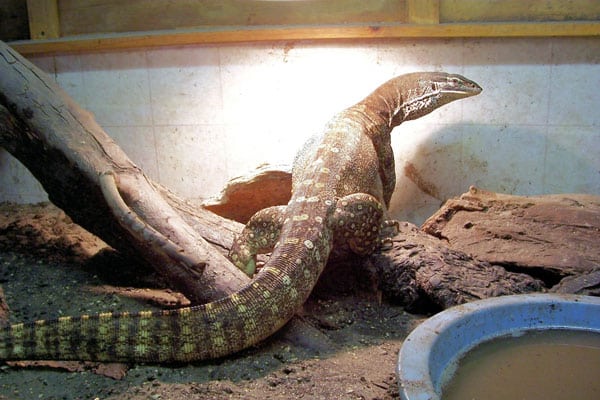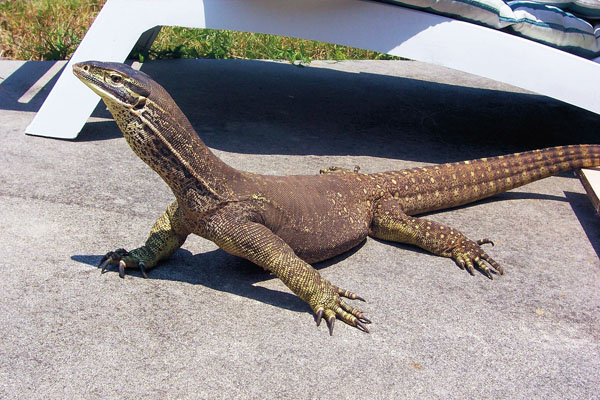
At least two heat lamps spaced out for their body for adults should be provided to prevent them from getting burns.īuilding/finding an enclosure large enough for an Argus can be difficult.Īchieving a very high basking can be a challenge for those not used to using high wattage bulbs. Hatchlings can be housed in enclosures as small as 50 gallons but they will outgrow this rapidly! A water bowl large enough for them to soak in should be provided at all times along with at least one hide. Like all other monitors, Argus’ like it toasty with a 120-140F basking, an 80F ambient, and 70s for the cool side. Their flooring will also need to handle and promote humidity as Argus’ need 60-80% humidity, this includes coconut fiber, reptisoil, cyprus mulch, and organic gardening soils without perlite.

While Argus’ are largely terrestrial, they are known to climb when given the chance in addition to this, they will need very deep substrate as Argus monitors are avid diggers 12 inches of loose substrate is recommended. The minimum enclosure size for females is 6x4x4 and for males it is 8x5x4 (length x width x height). Make sure to remember that bigger is always better when it comes to enclosures, especially for active reptiles such as monitors! Argus monitors will use up every inch you give them and more.

Young Argus monitors need calcium 5x a week with vitamins 2x, while adults need calcium 3-4x and vitamins 2x also. None of their supplements should contain D3 as their UVB will provide all that they need. on the RA results of the Argus-Hg 1000 for the first week and overall. They easily become overweight, and a healthy Argus will be sleek, not bloated! Hatchlings should eat daily while adults should eat every other day once they’ve reached 3ft. Table 6-1 shows that the Argus-Hg1000 readings were almost always lower than the. Similar to other monitors, Argus’ are strictly carnivorous the bulk of their diet should consist of insects, fish, poultry, and rodents.


 0 kommentar(er)
0 kommentar(er)
